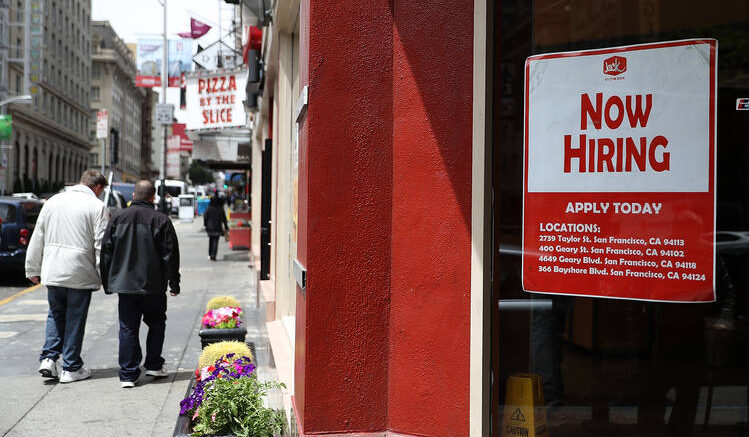There are some short-term reasons why Wisconsin businesses are having trouble finding workers, but there are also some signs that the state’s worker shortage will last for years to come.
A new analysis from UW-Madison economist Noah Williams at the Center for Research on the Wisconsin Economy suggests businesses in the state will struggle to fill jobs going forward.
“While there is much current discussion of a ‘labor shortage’ due to acute short-term problems, in the long term the state is likely to face a declining labor force for years to come, which may have more dramatic implications,” Williams wrote.
Williams’ analysis shows unemployment in Wisconsin is nearly back to pre-coronavirus levels, the unemployment rate was 3.9% in May. It was 3.5% in February of 2020. Williams said that is a dramatic improvement over the 14% unemployment rate from April of last year.
But while the unemployment numbers are close to where they were before the virus, job openings are up dramatically.
“Since the start of 2021 job openings have been increasing sharply, and are now around 30% above pre-pandemic levels,” Williams stated. “While there is currently a sharp debate about the factors driving the labor supply reductions – whether enhanced unemployment benefits, limited schooling and child care options, or health concerns – the recent data suggests hiring and the economic recovery have been impacted.”
Williams said states should know soon just how big of a drag the enhanced unemployment benefits are on the economy, as several states are or have already ended them.
While a lot of the focus on jobs and joblessness in Wisconsin has been on enhanced unemployment and the return to school, Williams said some of the reasons for a gap in available workers have been building for years.
“The labor force in the state has been flat for more than a decade,” Williams wrote. “While the national labor force grew by about 7% between 2010 and early 2020, the labor force in Wisconsin was roughly unchanged over this period.”
Why? Williams said Wisconsin is looking at a long-term worker shortage because workers in the state are getting older, and fewer young families are moving into the state.
Williams’ analysis shows Wisconsin’s 55-plus population has shot up dramatically since the year 2000, increasing by almost 12 percentage points to nearly 38% and still climbing.
“Wisconsin is aging more rapidly than the nation as a whole, which suggests a continuing decline in the labor force as a share of the population,” Williams noted. “The labor force will decline absolutely, not just in relative terms. This means that even at full employment rates, the state could experience declining employment levels in the years to come. This could have profound implications for the structure and industry mix in the state economy, as well as for public finance in the state.”
This article was originally posted on Wisconsin’s labor troubles likely to continue

Be the first to comment on "Wisconsin’s labor troubles likely to continue"